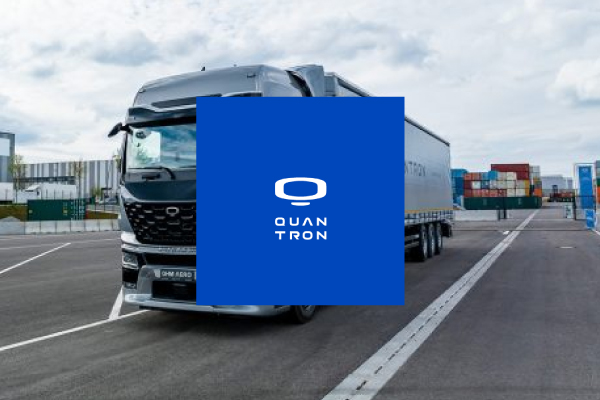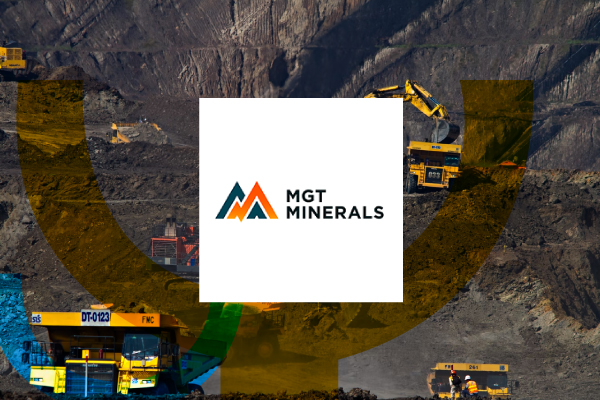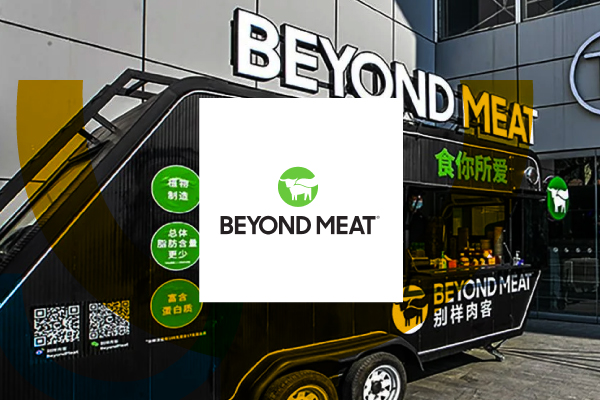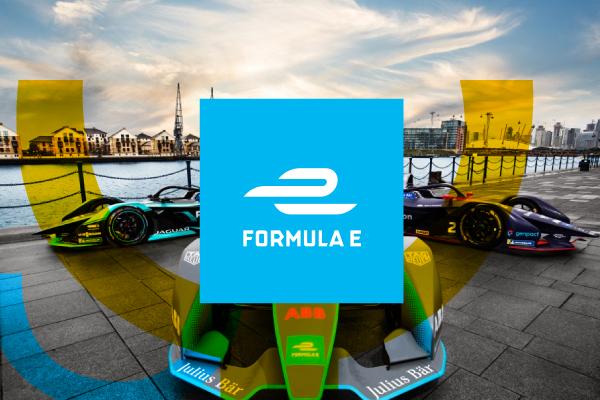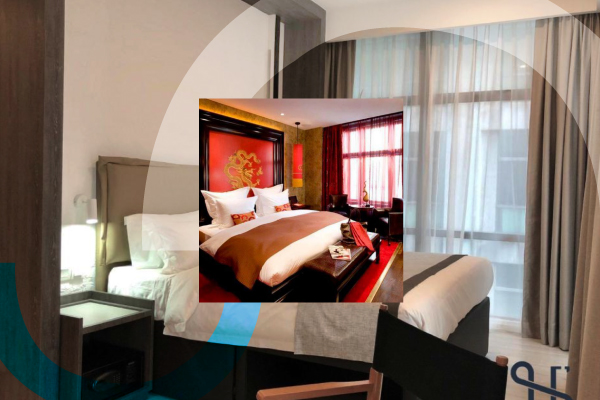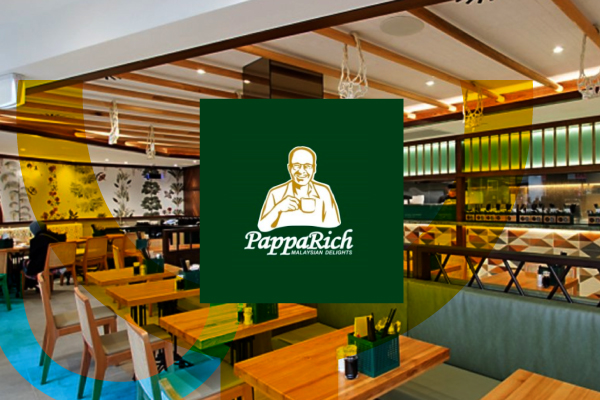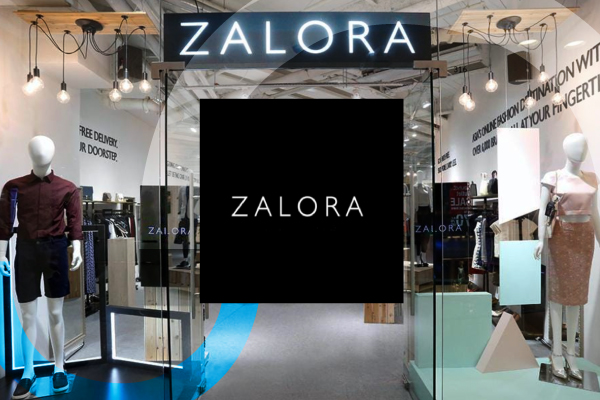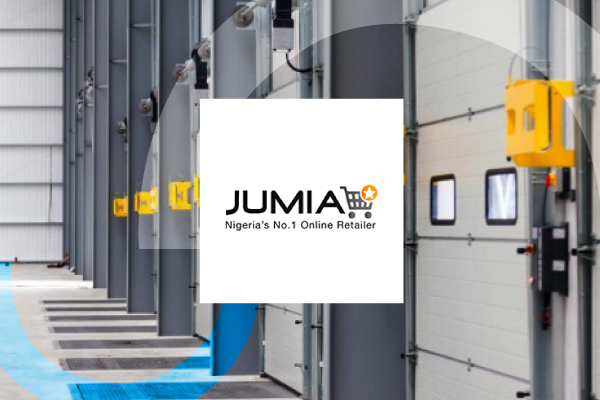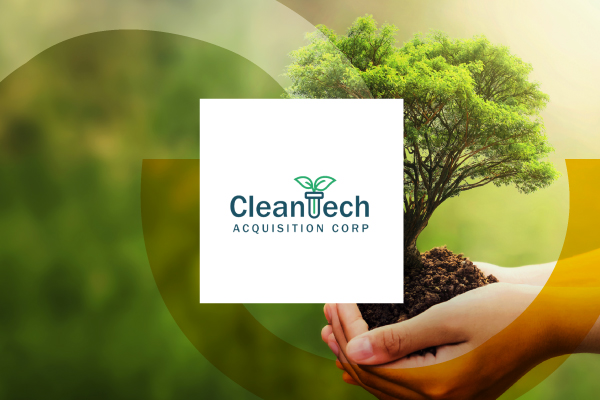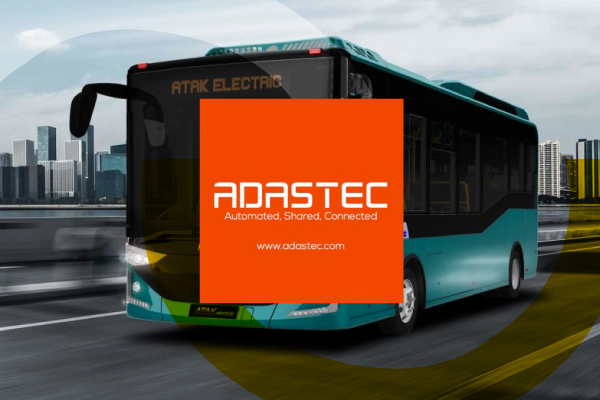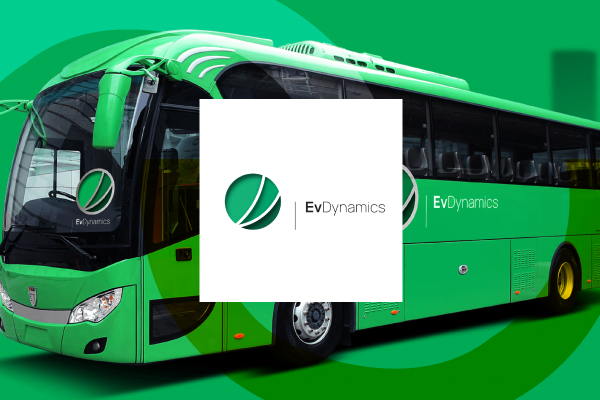Battery technology is the new bull’s-eye for companies striving to meet the world’s growing appetite for electric vehicles.
What are the major EV battery technologies right now, and what innovations loom on the horizon?
Lithium-ion and lithium-iron phosphate (or LFP) dominate the current EV battery landscape. They have pros and cons in terms of range, raw material prices and more. Tesla (TSLA) uses both lithium-ion and LFP batteries. Emerging archrival BYD (BYDDF) uses a specialized LFP battery.
Battery companies and automakers are investing heavily to build cheaper, denser and lighter batteries. New technologies run the gamut. Some give old battery chemistries a new twist for incremental improvements. Others change the battery form factor or battery assembly for significant gains in performance or costs. In the future, radically different chemistries and other big breakthroughs are expected to emerge.
For its next-gen Ultium batteries, General Motors (GM) tweaked the lithium-ion chemistry to cut costs sharply. Tesla’s new 4680 battery cell claims cost savings and other benefits via a larger size and state-of-the-art engineering. China’s CATL, the world’s largest battery maker, touts even bigger improvements for its new Kirin battery, in part due to how cells are combined into packs.
The most far-reaching battery innovations could come from a variety of players. CATL is working on sodium-ion batteries, while QuantumScape (QS), SES (SES), SolidPower (SLDP) and Toyota Motor (TM) are developing solid-state batteries. Both battery types are potential game changers but face technical hurdles.
“Batteries are the new gold rush as far as automakers are concerned,” said Ram Chandrasekaran, a mobility analyst at Wood Mackenzie who formerly worked for Ford.
Better, more powerful batteries will drive the adoption of electric cars. Entire car platforms are being built around the battery, which not only supplies power but also serves as a critical structural element in EVs today, Chandrasekaran says.
Battery Technology Race
To be sure, the battery technology race isn’t just about electric cars. Batteries power everything from smartphones and laptops to power drills. The utility sector itself is a growing source of battery demand.
But there’s a reason why car companies shot to the lead in this race: EVs make up 80% of lithium-ion battery demand, according to Wood Mackenzie, an energy research and consultancy firm.
Already in 2021, lithium-ion battery supply fell short of demand in a brisk EV market, WoodMac says. The prices of battery raw materials also jumped. That has only intensified in 2022.
Asia, led by China, commanded 90% of the world’s battery manufacturing in 2021. By the end of this decade, Wood Mackenzie expects that share to fall below 70% as the West catches up.
Across the U.S. and Europe, dozens of battery plants will spring up by decade’s end amid fears of lithium shortages. Companies seek both to reduce geopolitical risk and to reduce transportation costs, since heavy EV batteries are costly to ship.
On May 2, the U.S. Department of Energy announced $3.1 billion in funding to boost the production of advanced batteries, focusing on processing and manufacturing facilities vs. mining. An additional $60 million will go to finding second uses for used batteries. The money comes from the 2021 infrastructure bill.
Types Of Lithium-Ion Batteries
Lithium-ion batteries come in two main chemistries: nickel-cobalt-aluminum (or NCA, used by Tesla) and nickel-manganese-cobalt (NMC, used by other carmakers). Lithium is the common denominator.
These batteries provide high energy density, which allows battery-powered devices and vehicles to run longer before needing a recharge. But they age quickly and can catch fire.
In recent years, Western companies refined NMC technology, particularly by increasing nickel, which improves energy density and EV range, and by reducing cobalt, which is scarce and expensive.
With its new Ultium batteries, General Motors engineered an NCMA chemistry, which adds aluminum to increase nickel and slash cobalt, cutting battery costs by 40%.
Powered entirely by huge, nickel-rich Ultium batteries, the new Hummer EV delivers a range estimated at 350 miles.
GM dubs the Hummer a “supertruck.” It says the new battery architecture and advanced technologies enable performance and off-road capabilities that a conventional gas or diesel pickup couldn’t pull off.
“If you’re doing your extreme Hummer work, you just worry about where you’re setting the vehicle on the trail. You don’t have to worry about: Am I in a certain gear or how do I roll over something without going too far and hanging on a rock?” said Tim Grewe, head of GM’s battery and electrification strategy.
Cost reduction is GM’s No. 1 priority, Grewe told IBD. Batteries make up a quarter to a third of the cost of electric cars. Making EVs affordable will be key to their mass adoption.
Lithium-Ion Vs. LFP Batteries
In the past year or so, an alternative to lithium-ion batteries took off as nickel and cobalt prices soared.
Lithium iron or LFP batteries don’t use nickel or cobalt. Instead, they use iron and phosphate, which are abundant in the earth’s crust.
“Among battery chemistries, the advantage with LFP has traditionally been lower cost,” Chandrasekaran said. “However, they don’t have the same energy density as some of the other chemistries.”
That trade-off has held LFP battery technology back in the U.S., where people tend to drive large vehicles for long distances.
But battery giants advanced LFP chemistry, which is now seen offering acceptable range for a reasonable cost. Since 2020, Chinese automakers and Tesla shifted to cheaper LFP batteries for mass-market EVs with lower range, with several Western auto giants now following suit.
The resurgence of LFP batteries, a decades-old technology, caught the marketplace by surprise, says James Frith, an analyst at London-based Volta Energy Technologies.
“It’s been a huge change,” said Frith. “Particularly unexpected was the adoption of LFP by automakers in Europe and the U.S., and that was really spurred by Tesla.”
Besides lower costs, LFP offers a long life cycle and high safety performance. That has made it the preferred chemistry for stationary applications, such as giant battery arrays for utility-scale storage.
In 2021, nickel-based lithium batteries had a 50% share of the EV and energy storage system markets. But LFP will surpass nickel-based chemistries in market share by 2028, Wood Mackenzie forecasts.
China’s BYD uses a specialized version of LFP, marketed as the Blade. The company claims that the longer and thinner Blade batteries are far less prone to catching fire, even when severely damaged.
Persistent but unconfirmed reports suggest that BYD will supply Tesla with LFP Blade cells.
The Best EV Stocks To Buy And Watch
Types Of Lithium-Ion Batteries
Lithium-ion batteries come in two main chemistries: nickel-cobalt-aluminum (or NCA, used by Tesla) and nickel-manganese-cobalt (NMC, used by other carmakers). Lithium is the common denominator.
These batteries provide high energy density, which allows battery-powered devices and vehicles to run longer before needing a recharge. But they age quickly and can catch fire.
In recent years, Western companies refined NMC technology, particularly by increasing nickel, which improves energy density and EV range, and by reducing cobalt, which is scarce and expensive.
With its new Ultium batteries, General Motors engineered an NCMA chemistry, which adds aluminum to increase nickel and slash cobalt, cutting battery costs by 40%.
Powered entirely by huge, nickel-rich Ultium batteries, the new Hummer EV delivers a range estimated at 350 miles.
GM dubs the Hummer a “supertruck.” It says the new battery architecture and advanced technologies enable performance and off-road capabilities that a conventional gas or diesel pickup couldn’t pull off.
“If you’re doing your extreme Hummer work, you just worry about where you’re setting the vehicle on the trail. You don’t have to worry about: Am I in a certain gear or how do I roll over something without going too far and hanging on a rock?” said Tim Grewe, head of GM’s battery and electrification strategy.
Cost reduction is GM’s No. 1 priority, Grewe told IBD. Batteries make up a quarter to a third of the cost of electric cars. Making EVs affordable will be key to their mass adoption.
Lithium-Ion Vs. LFP Batteries
In the past year or so, an alternative to lithium-ion batteries took off as nickel and cobalt prices soared.
Lithium iron or LFP batteries don’t use nickel or cobalt. Instead, they use iron and phosphate, which are abundant in the earth’s crust.
“Among battery chemistries, the advantage with LFP has traditionally been lower cost,” Chandrasekaran said. “However, they don’t have the same energy density as some of the other chemistries.”
That trade-off has held LFP battery technology back in the U.S., where people tend to drive large vehicles for long distances.
But battery giants advanced LFP chemistry, which is now seen offering acceptable range for a reasonable cost. Since 2020, Chinese automakers and Tesla shifted to cheaper LFP batteries for mass-market EVs with lower range, with several Western auto giants now following suit.
The resurgence of LFP batteries, a decades-old technology, caught the marketplace by surprise, says James Frith, an analyst at London-based Volta Energy Technologies.
“It’s been a huge change,” said Frith. “Particularly unexpected was the adoption of LFP by automakers in Europe and the U.S., and that was really spurred by Tesla.”
Besides lower costs, LFP offers a long life cycle and high safety performance. That has made it the preferred chemistry for stationary applications, such as giant battery arrays for utility-scale storage.
In 2021, nickel-based lithium batteries had a 50% share of the EV and energy storage system markets. But LFP will surpass nickel-based chemistries in market share by 2028, Wood Mackenzie forecasts.
China’s BYD uses a specialized version of LFP, marketed as the Blade. The company claims that the longer and thinner Blade batteries are far less prone to catching fire, even when severely damaged.
Persistent but unconfirmed reports suggest that BYD will supply Tesla with LFP Blade cells.
Tesla’s 4680 Battery
Battery companies say more innovations are on the way. Tesla’s 4680 battery and CATL’s Kirin headline the latest battery innovations.
Tesla’s cylindrical 4680 cell — named for its dimensions, 46 millimeters wide by 80 millimeters tall — is five times larger than its predecessors. In addition, the 4680 cells adopt an entirely new “tabless” design, which has stoked much excitement.
“It’s pairing the larger cell format with this tabless design that is the innovation,” Volta Energy’s Frith told IBD.
The larger cell means more space for active battery materials and less waste for casings and the like. The tabless design allows the battery to maintain fast-charging rates without degradation, Frith says.
All in, the 4680 battery claims to improve range by 54%, including 16% from the cell design alone. Tesla claims it halves battery costs as well.
Inspired by fuel tanks in airplanes, Tesla also adopted what it calls a “structural” battery pack. The 4680 battery pack serves as a body structure, linking the front and rear underbody parts, and ditching the familiar “skateboard” battery design. This structural pack greatly reduces the number of parts and simplifies manufacturing to save costs, Tesla said at an April 7 event.
Tesla has given limited public glimpses of the 4680 cells and pack. Musk expects volume production by the end of the third quarter or Q4. The company is building 4680 batteries in-house and working with Asian companies, including LG Energy Solution, to scale production.
They will have to get past significant technical issues, some analysts say. Larger format cells tend to overheat — an issue the industry has struggled with for years. So far, Tesla has not been able to mass-produce 4680 cells. That limits potential cost savings, or Tesla’s ability to scale up.
CATL claims its new Kirin battery will outperform Tesla’s 4680, offering 13% more power with the same chemistry and pack size. It features an improved, third-generation “cell-to-pack” technology, which ditches the middle module step in assembling batteries.
The Kirin battery, announced in late March, will be unveiled in the second quarter, CATL said on May 5. It’s expected to come in lithium-ion and LFP versions.
Who’s leading in battery technology? It depends, analysts say.
“Tesla leads in high-nickel, high-energy-density cells for performance EVs,” said Alla Kolesnikova, head of data and analytics for Adamas Intelligence, a battery metals research firm. However, BYD leads in high-volume, low-cost LFP cells for entry-level EVs, while CATL is innovating on both ends, she says.
In Chandrasekaran’s view, Tesla boasts some of the most advanced battery technologies — but can’t match Chinese battery giants on price. Volta’s Frith believes where Tesla has led vs. legacy Western automakers is in its willingness to develop and test new battery technologies.
CATL, a Tesla supplier, owned 35% of global power battery shipments in the first quarter of 2022, according to Seoul-based SNE Research. Sources recently told Reuters that CATL is vetting sites in the U.S. to build EV batteries, which would mark its first foray here.
It’s unclear if Tesla plans to offer 4680 cells with LFP chemistry. Thus far, it has used LFP in prismatic but not cylindrical cells. Tesla does expect to transition backup power products for homes and utilities to LFP batteries, Musk said in January.
In stationary storage, energy density needs tend to be lower. In fact, companies expect to recycle used EV batteries, which may still have tons of juice, for stationary applications including backup power.
Future Of Battery Technology
Battery companies continue to explore alternatives to the dominant lithium-based chemistries. Last July, CATL revealed the first generation of its sodium-ion batteries for use across EVs and stationary storage, targeting a launch in 2023.
Although in its early days, the sodium-ion battery holds up well even in very cold climates and virtually eliminates the fire risk tied to lithium-ion batteries, CATL said.
Adamas Intelligence’s Kolesnikova expects sodium batteries to emerge as a viable alternative to lithium within two years.
“Sodium-ion specs are not far off from LFP, making it suitable for a wide array of potential applications, particularly where volume is not a major constraint,” she said.
At least initially, it will be confined to less intensive applications and those where high safety and low costs matter, such as backup power, offshore wind power and electric scooters.
Sodium-ion batteries could also help with shortages of critical battery materials. They do not use lithium, cobalt or nickel, which are expected to see demand soar as EVs boom.
Like iron, sodium is cheap and plentiful in nature. However, sodium is three times heavier than lithium and can’t match lithium’s energy capacity.
Solid-State Batteries Could Replace Lithium-Ion
Besides sodium-ion, solid-state battery technology could replace lithium-ion cells. Startups developing solid-state batteries call lithium-ion a legacy tech, reaching the limits of advances in energy density as demand for higher performance surges.
Solid-state batteries promise far higher energy density and quicker charging, along with lower fire risk. As a result, several auto giants invested in QuantumScape, SES and SolidEnergy.
The big difference with a solid-state battery lies inside the electrolyte. While lithium-ion batteries use a liquid electrolyte, their solid-state cousins use a solid form.
But analysts predict it will be a long while before solid-state technology moves from battery labs to the real world. Thus far, it has been held back by conductivity and instability issues.
“QuantumScape still needs to demonstrate it can scale up its technology and solve large technical challenges ahead,” Deutsche Bank analyst Emmanuel Rosner said in an April 12 note.
“Even if all goes according to plan, the company is still several years away from mass manufacturing and even further from monetizing it,” he added.
Solid electrolytes are expensive to produce.
The Road To 2030: Battery Factories, Supplies
Major automakers want half their vehicle sales to be electric by 2030. As the energy transition quickens, global battery supply will meet only 60% of the expected demand by decade’s end, Oslo-based Rystad Energy forecasts.
That lends more urgency to the quest for the holy grail — a cheaper, simpler, better battery.
Battery technology companies, aiming for both incremental and breakthrough gains, have their task cut out. Car companies continue to invest in new battery plants and technological advances.
In the meantime, electric cars will continue to run on lithium-ion or LFP battery cells for now, with costs likely to spur shifts back and forth.
Some breakthrough battery technologies may be a decade or more away, like solid-state cells. Other promising ones, such as sodium-ion batteries, are closer at hand but come with drawbacks.
“The importance of these investments cannot be overstated,” said Marius Foss, a Rystad analyst.
Sources: Investor Business Daily





